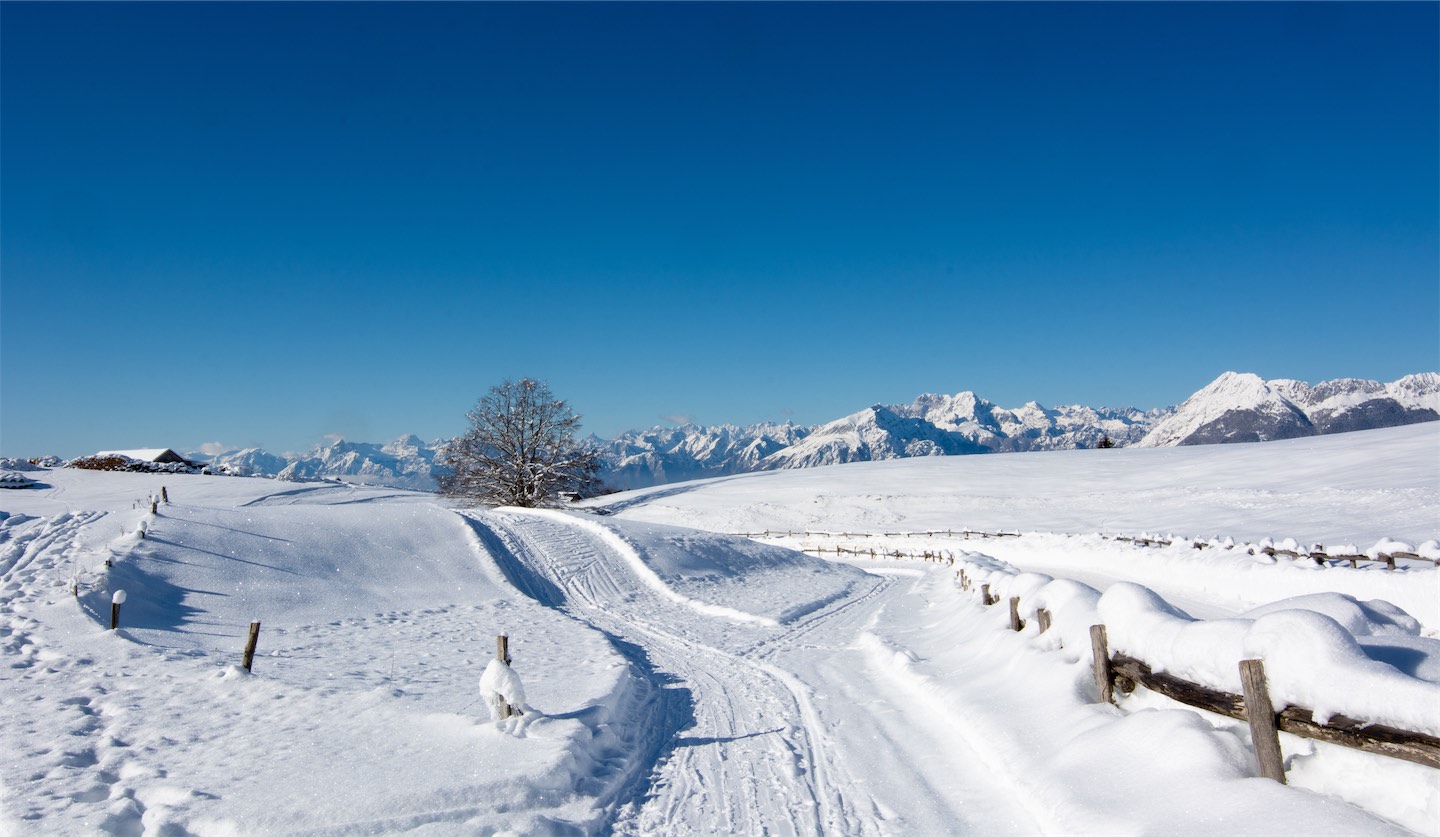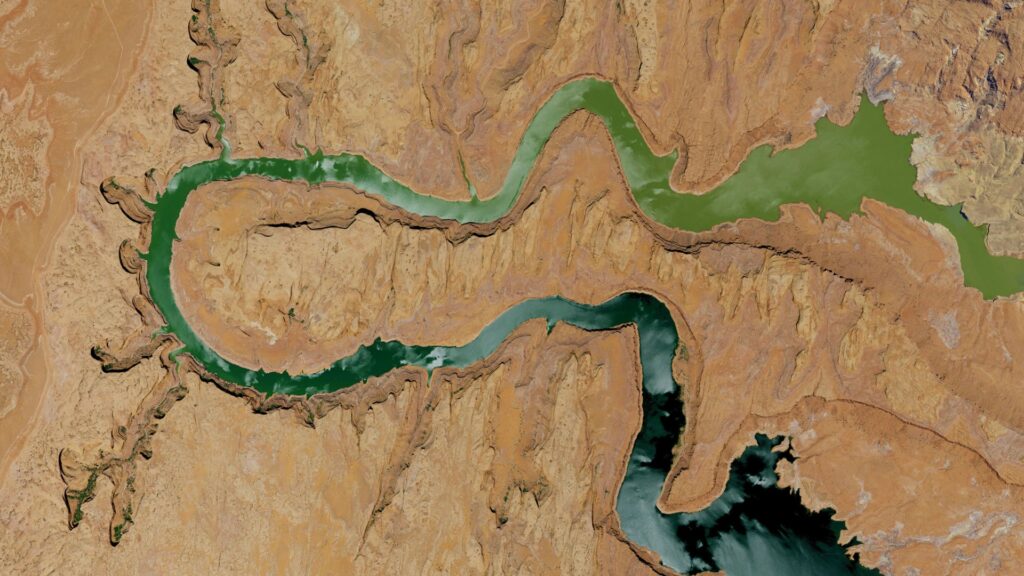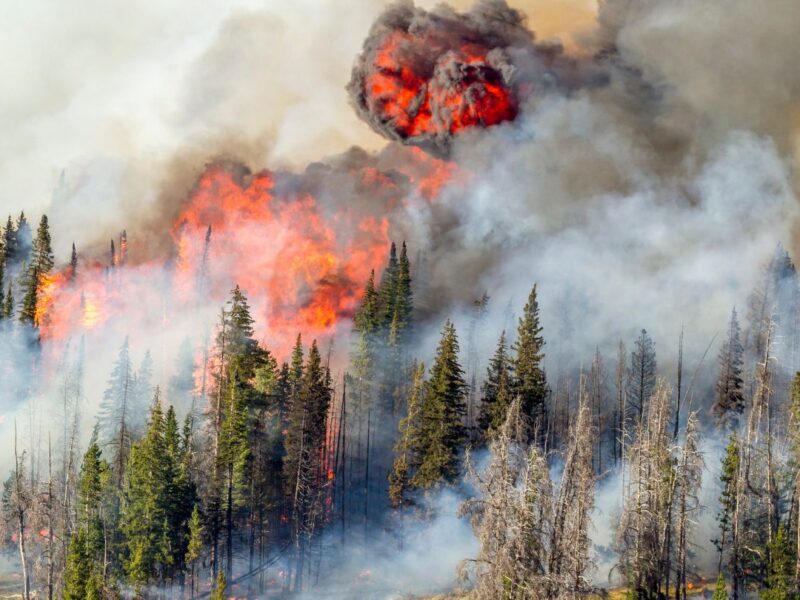
Water Weekly for January 9th
If you can only read three stories about Western water this week, read these:
1. Lake Mead may get a boost as Rockies snowpack off to strong start
The atmospheric rivers that dumped snow and rain across much of the West in the past few weeks put the Rocky Mountain snowpack at 140% of median. But how much of a dent that will make in deficits at the Colorado River’s critical reservoirs is unclear, say climatologists. The reason: the extent of the soil moisture deficits from 20+ years of drought is unknown. Colton Lochhead of the Las Vegas Review-Journal writes, “experts say the hotter and drier conditions driven by climate change make it difficult to know just how much even a great snow year could help the drought-stricken river and its two main reservoirs.” Climatologist Dan McEvoy of the Desert Research Institute notes that last year’s snow totals for December and January were above average as well, but the “faucets all but shut off” after the first week of January through February in 2022. And while snowpack peaked in April at 90% of average, peak runoff was only 59%. “That is one of the challenges with climate change and the warming world. With the same amount of precipitation and same amount of snow, you’re not always getting the same amount of water going into the reservoirs in the spring and summer,” McEvoy said.
2. Biden signs water bills benefiting 3 tribes in Arizona
The Colorado River Indian Tribes (CRIT), whose reservation spans the river along the California-Arizona border, were granted authority to lease water they have the right to divert from the Colorado River in Arizona to other users in the state, reports Felicia Fonseca for the Associated Press. The tribe asked for permission to do so from the Federal government in order to use proceeds to build healthcare facilities, fund health programs, and improve irrigation infrastructure. Cities in the Phoenix and Tucson metro areas, as well as other Indian tribes are the likely customers for CRIT water. The other two bills provide more direct assistance to tribes. One ratified a water rights settlement with the Hualapai tribe, enabling them to lease water rights, and provides $310 million for the tribe to build out a water delivery system. “This is a life-changing moment for the Hualapai Tribe and the many members of the Tribal Council who have worked toward this goal for more than a decade,” tribal Vice Chairman Scott Crozier said in a statement. “The third bill that Biden signed amends a 2010 water rights settlement for the White Mountain Apache Tribe in eastern Arizona, authorizing additional funding and extending deadlines to complete a rural water system and dam,” writes Fonseca.
3. Can cloud seeding bring more water to the drying Colorado River Basin?
In this short article that’s part of an 8-part series on possible solutions to the Colorado River crisis, Denver Post reporter Conrad Swanson answers the question posed by the headline with probably not. Water researcher Jay Famiglietti told Swanson the bad news: “There’s not enough moisture in the air.” Rather than creating more rain and snow, seeding is simply changing where and when it falls. This is useful in and of itself, of course. But it does present a legal issue that is likely to be tested as the climate warms, says Jennifer Gimbel, senior water policy scholar at Colorado State University’s Water Center. If cloud seeding is causing moisture to fall in one location, people downwind could argue “that moisture was effectively taken from them,” Swanson writes. This “downwinding effect” could eventually have a chilling effect on cloud seeding operations.
ICYMI from On Land
Get the Water Weekly in your Inbox each week.





